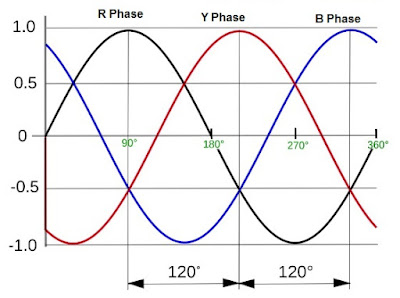For understanding the need of Synchronization of two Power Sources, first we shall consider the meaning of Synchronization. Suppose we have a trolley that can only drawn by either pushing or pulling it ,two workers are there to drive it if one of them is pushing in one direction but the other one is in another direction. What will happen?
Synchronization of two Power Sources means both the sources have the same
- Phase Sequence
- Voltage Magnitude
- Frequency
- Phase Angle
There is a setting provided in the Synchronization Check Relay (25 SYN). There are two terms which are frequently used in Synchronization, Running Line and Incoming Line. The bus which is already charged and to which we are connecting a source is called Running Line as shown in figure below.
In above figure if we close the CB-1 then we are synchronizing S1 to the Bus, therefore S1 is Incoming Line and Bus is Running Line.
Now, what will happen if we connect two sources in out of Synch.?
When power sources are not synchronized, there are instances where there is a voltage difference at the same very node where the three sources are connected.
Suppose Source S1 = 415V, 50 Hz, phase angle = 0°
Source S2 = 415 V, 50 Hz, phase angle = -120°
Thus, we are going to connect the R phase of Source S1 to Y phase of Source S2. Therefore from phase angle 0 to 90 degree, source S2 is stronger in magnitude and hence current will flow from source S2 to S12 but after 90 to 135 degree, source S1 is stronger in magnitude of voltage and hence current will flow from S1 to S2. In this manner a continuous circulation current will flow from one source to another whose magnitude depends on the system impedance.
This circulating current if high enough will burn the equipment connected. Therefore it is must that we should Synchronize the two sources.
Thank you!

